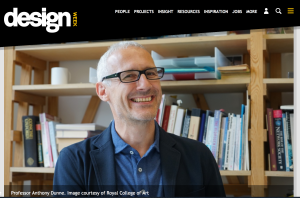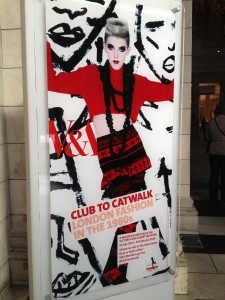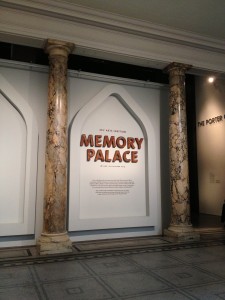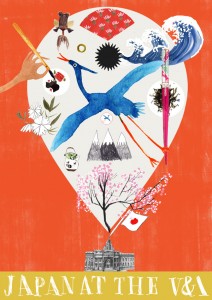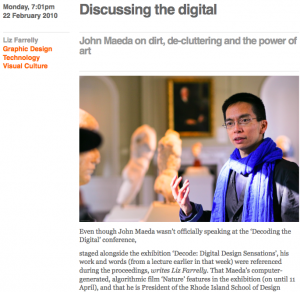I’m apologising upfront for ranging around a few ideas here. I wanted to avoid using footnotes but not lose any tangents either; after all this is a blog post which needs to be a little more condensed than my thesis (!) but at the same time it is discursive. This is a place for me to try out ideas.
While my PhD is not a history or geography of design museums a taxonomy is helpful in order to demarcate the field, the still novel “museum type” of “design museum”. The exhibition catalogue, Design Museums of the World: Invited by Die Neue Sammlung Munich (published by Birkhäuser in 2004) accompanied the show, Design Museums of the World, staged at Neues Museum Staatliches Museum für Kunst und Design in Nürnberg (17 September to 23 November 2003). A rich source of information and opinion, this surveys the field at the start of the 21st-century, and I investigate it at length in my literature review.
If I could travel the world visiting exhibitions I would, but as I don’t…I didn’t see the exhibition and I would guess that few of the MUSCON Europe delegates did either, as when a big box of the exhibition’s catalogues made an appearance at Vitra Design Museum (summer 2014), coinciding with Angelika Nollert’s keynote speech, it was eagerly consumed. Angelika had been Director at the Neues Museum Staatliches Museum für Kunst und Design in Nürnberg and is now Director at sister institution Die Neue Sammlung München; the collaboration between the institutions, which produced the exhibition and publication, is mirrored by Angelika’s career.
As I’m interested in how a temporary show lives on after its “time is up”, this catalogue proves a point – the usefulness of investing in print on paper. Originally produced for the debut exhibition at Nürnberg’s new art and design museum, the catalogue is a unique resource for comparing and contrasting a number of design museums, 29 in all, at a particular moment in history. Worldwide there are about twice that number now, and while many of the institutions listed in the catalogue evolved from museums of decorative arts, or were art museums that extended their remit, most of the newly opened institutions are “purely” design focused. Along with the newbies, some of the world’s most established museums of design are reinventing themselves; this is a time of flux.
Continue reading


